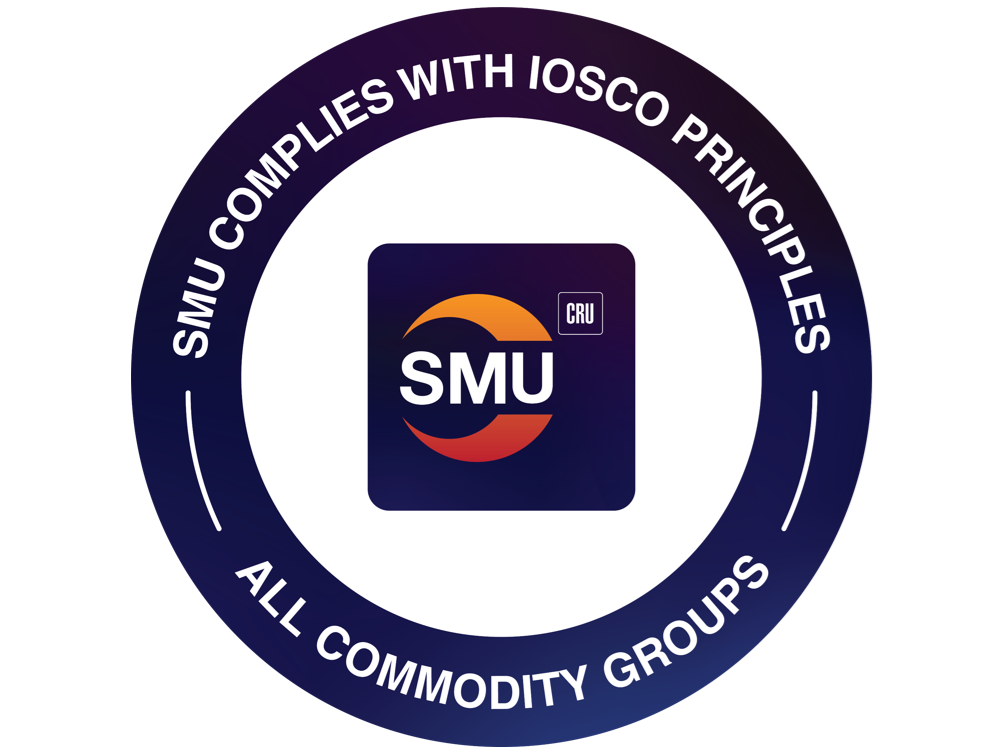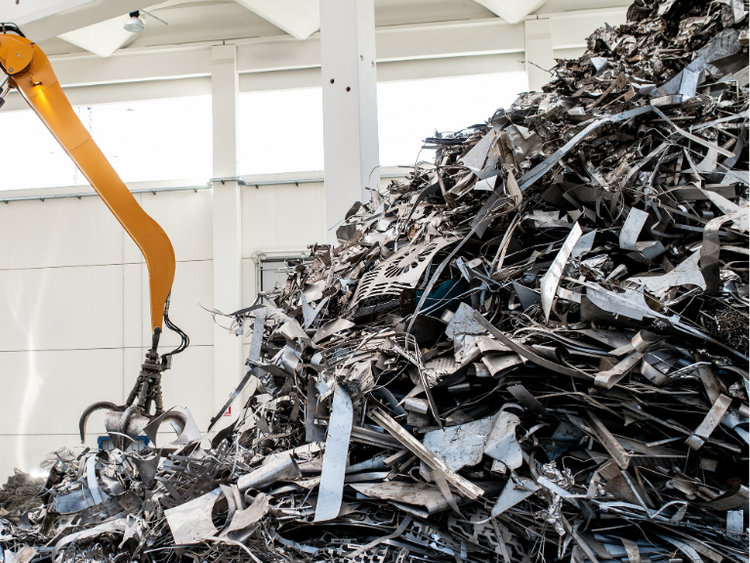Scrap Prices North America

Ferrous Scrap Prices Down in August
Written by Tim Triplett
July 24, 2018
Scrap is trading lower in August. Steel Market Update sources in the ferrous scrap market report that the price of obsolete grades has declined by about $20 per ton and prime by $10 per ton. Weakness in foreign markets has reduced scrap exports, increasing the domestic supply.
“Looking forward, I don’t expect prices to really improve going into September mainly because of the weakness in export demand,” said a scrap dealer in the Northeast. “I don’t think I am overstating it to describe the economic situation in Turkey as dire. The prices for 80/20 CIF Turkey are in the mid to high $320s, and I don’t see them strengthening any time soon. In fact, they could weaken further.”
U.S. domestic demand remains stronger, with shred now trading around $360 per ton and primes under $400 per ton on average, he estimates. Prices are weaker along the East Coast and in the South. “The one factor that could produce a bottom in shred pricing is the low level that dealers are paying for car bodies and shredder feedstock, which is around $200/GT at best right now,” the dealer said. “That has been a psychological level, in my mind, in a year when shredder suppliers have probably made a few dollars and won’t mind holding some scrap heading into the fall/winter season. I don’t expect prices to rise much, though, but we may be close to a steady price level give or take $10 to $15 from where August settles.”
Another dealer on the East Coast estimates the market price of shred at $360 per ton, HMS at $335, P&S at $355 and bush at $400 to $410. Prices have declined due to the large supply of shred available because of excellent inbound flows to the scrap yards, and because of weak exports that have increased the coastal tonnages offered to domestic mills. Scrap export is off by $20-25 per metric ton primarily due to weakening world demand and the strong U.S. dollar. Turkey, the largest importer of U.S. scrap, has seen declining demand in large part due to tariffs imposed on steel that would have been delivered to the U.S. “The market consensus is that September will be a tight trading month and prices will rise in the fourth quarter,” he added.
Some buyers are still trying to drop prices on shredded another $5/GT, said another source. They may be successful if dealers see September prospects starting to weaken, as some brokers are predicting. “The market will have to shrink the supply of shredded to avoid another drop, most likely,” he said.
The market for pig iron has not declined as much as scrap, reports the source. In Brazil, a cargo of 30,000 metric tons of pig iron was concluded at $375/MT FOB for shipment to the U.S. The previously prevailing prices were $385-390/MT. “It’s hard to say what effect the outage at the Nucor DRI plant will have on the market. If there is an effect, it probably won’t be felt until September,” he said.
Steel analyst Mike Marley with World Steel Exchange Marketing reports that price changes in August followed the pattern set by North Star/Bluescope, the big EAF-based flat-rolled mill in Delta, Ohio, when it made its buy last week. Some now see that mill as the pricing barometer that the auto industry’s factory bundles were in the 1970s and 1980s. It dropped its prices for shredded scrap and five-foot plate and structural scrap by $20 per gross ton and its busheling price by $10 per ton. Mills elsewhere in the Midwest and the South made the same moves with their prices–down $20 on shredded and cut grades, down $10 on busheling and bundles.
“There were isolated buys at down $30 on P&S and shredded in a few areas, but these were driven by significant excess supplies of these grades in some regions or desperate panic sellers trying to dispose of excess scrap or fearful that the ferrous scrap market may be headed for a death spiral. That’s extremely unlikely in my view unless domestic steel demand plunges,” Marley said.
Actual prices vary from district to district and hinge on freight costs and availability, which is an ongoing problem with no near-term resolution. Prices paid to local scrap dealers for bundles and busheling now range from about $380 to $420 per ton with higher prices quoted to remote suppliers or larger dealers that can offer bigger packages and guaranteed delivery because they own or have leased railcars. Or they own truck fleets and have enough drivers to make the deliveries to the mills. Scrap dealers dependent on independent truckers are facing the biggest problems in terms of on-time deliveries to the mills and picking up shredder feedstock from their suppliers, Marley said.
Despite the cut in prices for bundles and busheling, not all of the sheet mills cancelled their unshipped orders from July. Some with older and wiser buyers kept those higher-priced deals in place with suppliers that can guarantee timely delivery, as they realize supply trumps price, he noted. “What does it matter if your buyer managed to cut the price of busheling by $10 per ton if you are still waiting for it to be delivered at the end of this month and you have no scrap to melt?”

Tim Triplett
Read more from Tim TriplettLatest in Scrap Prices North America

SMU successfully completes IOSCO review
SMU has successfully completed an external review of all our prices. The review has concluded that they algin with principles set by the International Organization of Securities Commissions (IOSCO).

October scrap market settles with bush down $20, shred down $10
Most mills sought a drop of $20-40 per gross ton (gt) in busheling prices and a $20/gt dip for shredded and HMS. Despite efforts to buy cheaper, the busheling price settled at down only $20/gt.

HRC vs. busheling spread widens again in July
The price spread between prime scrap and hot-rolled coil widened marginally again in July.

US ferrous scrap market lands flat in July
The US ferrous scrap market settled sideways in July.

HRC vs. prime scrap spread widens in June
The price spread between HRC and prime scrap widened in June.
